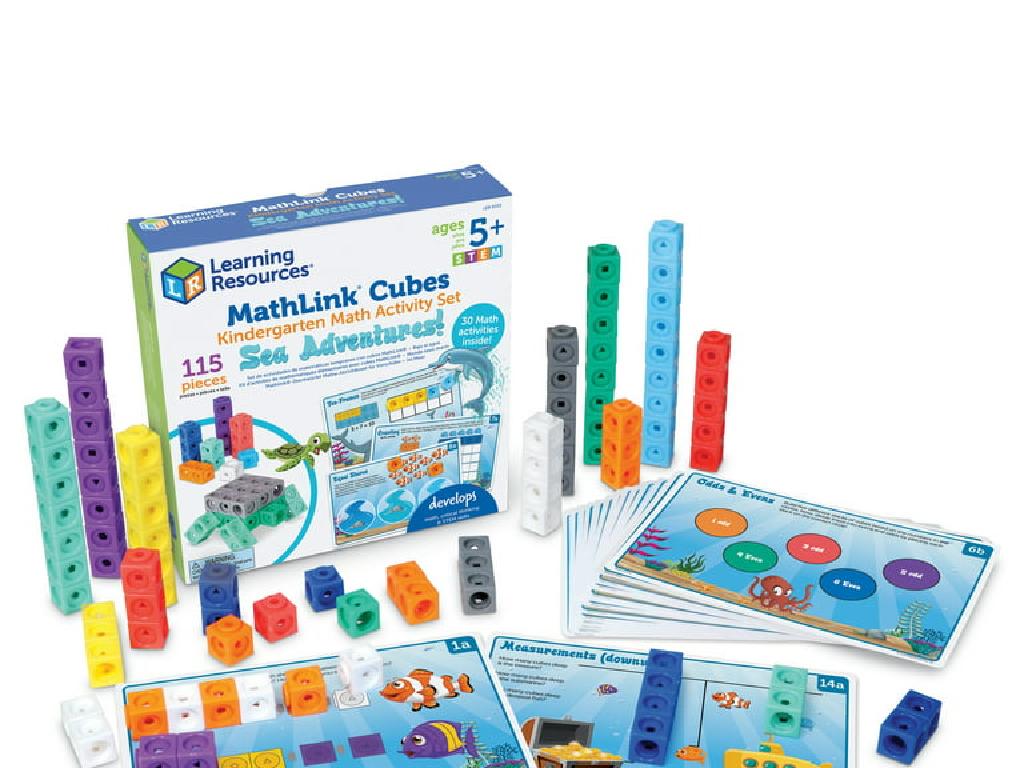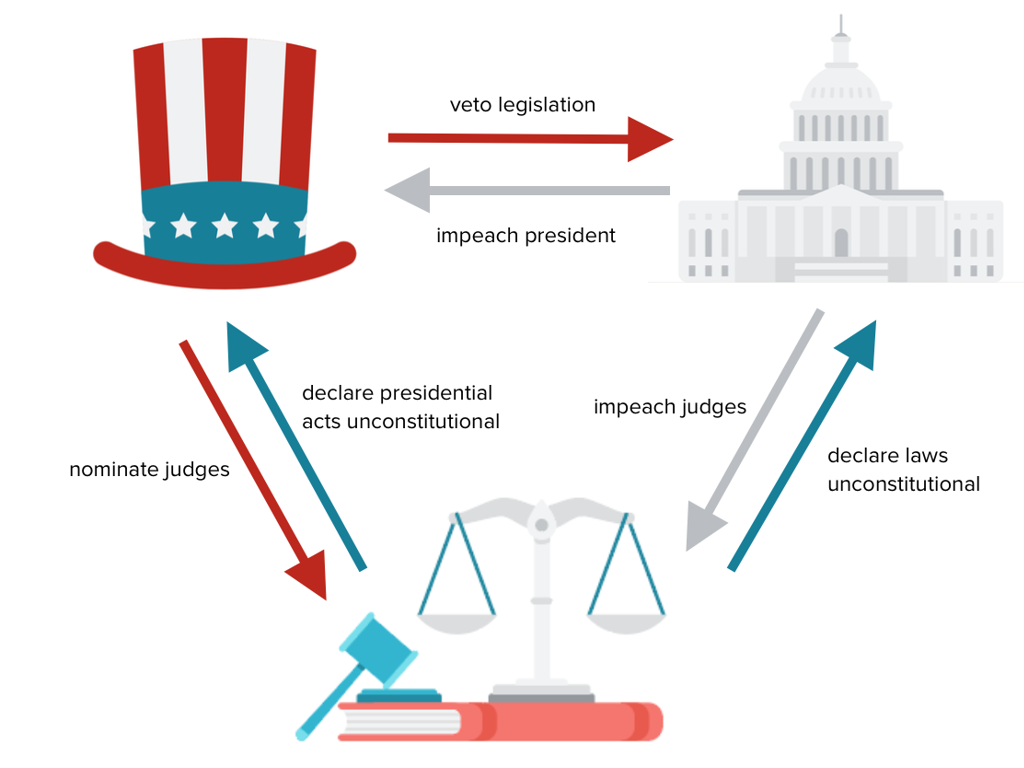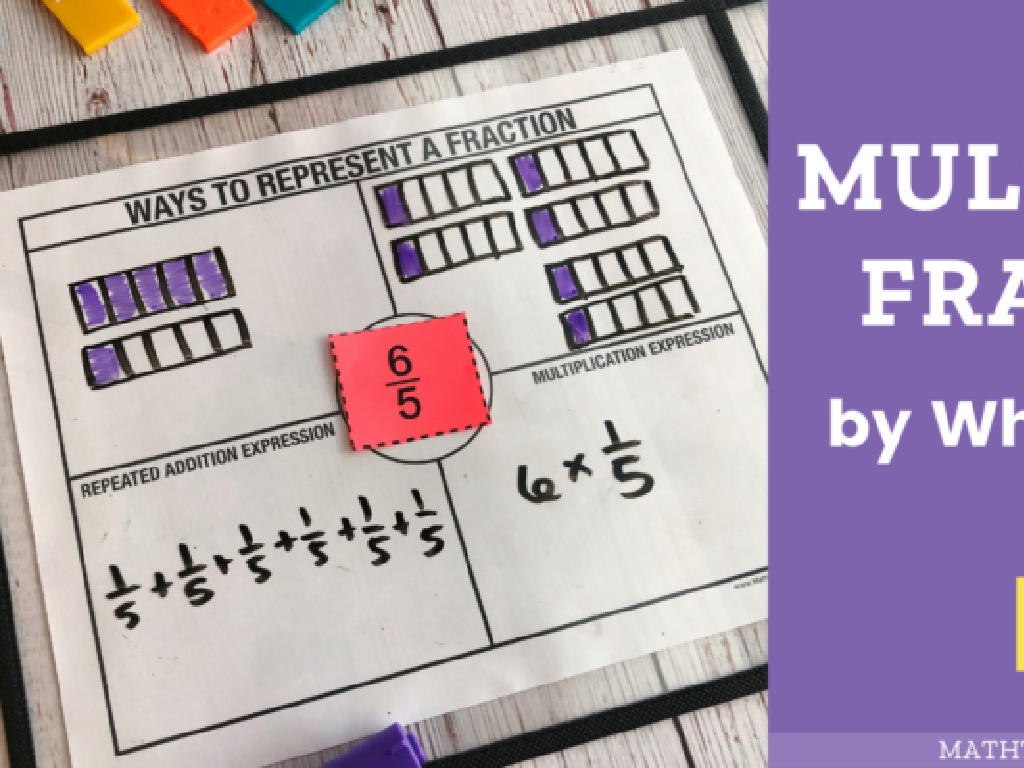Word Pattern Sentences
Subject: Language arts
Grade: Third grade
Topic: Prefixes And Suffixes
Please LOG IN to download the presentation. Access is available to registered users only.
View More Content
Welcome to Prefixes and Suffixes!
– Discovering word patterns
– Prefixes and suffixes modify words
– Prefixes are added to the beginning, suffixes to the end of a word
– Become a word detective
– Use clues to uncover word meanings
– Practice with fun activities
– We’ll play games to identify and use prefixes and suffixes
|
This slide introduces the concept of prefixes and suffixes to third graders, setting the stage for them to explore how these word parts change the meanings of base words. Emphasize that prefixes are added to the beginning of a word, while suffixes are attached to the end. Encourage students to think like detectives, looking for clues in words to determine their meanings. Engage the class with interactive activities and games that reinforce the lesson, such as ‘Prefix Match-up’ or ‘Suffix Spin’. The goal is for students to understand and recognize word patterns, which will enhance their vocabulary and reading comprehension skills.
Exploring Prefixes
– What is a prefix?
– A prefix is a set of letters at the start of a word
– Prefixes modify root words
– They alter what the base word means
– Example: ‘un-‘ in unhappy
– ‘un-‘ means not, so unhappy means not happy
– Example: ‘re-‘ in redo
– ‘re-‘ means again, so redo means to do again
|
This slide introduces the concept of prefixes to third-grade students. A prefix is a group of letters placed before the root of a word to change its meaning. For example, adding ‘un-‘ to ‘happy’ changes the meaning to ‘not happy.’ Similarly, ‘re-‘ added to ‘do’ changes the meaning to ‘do again.’ It’s important to show students how prefixes alter the meaning of words they already know, which can help them deduce the meaning of new words they encounter. Encourage students to think of other words with these prefixes and discuss how the meaning changes. This will help them understand how to use context to identify the meaning of new words with prefixes.
Exploring Suffixes in Words
– Suffixes: Letters at the end
– A suffix changes the word it’s added to
– Suffixes modify meaning & tense
– They can turn a verb into past tense or show ongoing action
– Example: ‘-ed’ in ‘jumped’
– ‘Jumped’ means the jump happened in the past
– Example: ‘-ing’ in ‘singing’
– ‘Singing’ shows the action is happening now
|
This slide introduces the concept of suffixes to third-grade students. Explain that a suffix is a group of letters added to the end of a word to change its meaning or tense. Provide examples like ‘-ed’ and ‘-ing’ to illustrate how suffixes can alter a word’s tense, turning ‘jump’ into ‘jumped’ for past tense, and ‘sing’ into ‘singing’ for present continuous tense. Encourage students to think of other words they know and discuss how adding different suffixes can change their meanings. This will help them understand how suffixes function in the English language and enhance their vocabulary.
Creating New Words with Prefixes and Suffixes
– Combine prefixes and suffixes
– Add beginnings (prefixes) or endings (suffixes) to root words
– Create many new words
– How many variations can we make?
– ‘play’ turns into new words
– Examples: ‘playing’, ‘played’, ‘replay’
– Practice with different roots
– Try with ‘jump’, ‘run’, ‘read’
|
This slide is aimed at helping third-grade students understand how to create new words by adding prefixes and suffixes to root words. Start by explaining what root words, prefixes, and suffixes are. Then, demonstrate with the word ‘play’ how adding different prefixes and suffixes can change its meaning and form. Encourage the students to experiment with other root words like ‘jump’, ‘run’, and ‘read’, creating a list of new words. This activity will enhance their vocabulary and comprehension of word formation. Make sure to provide guidance and support as they explore and create.
Exploring Prefixes and Suffixes
– Reading sentences with new words
– Spotting prefixes and suffixes
– Prefixes are beginnings, like ‘un-‘ in ‘unhappy’, and suffixes are endings, like ‘-ful’ in ‘joyful’.
– Understanding their impact
– They modify the root word’s meaning, ‘un-‘ means ‘not’, making ‘unhappy’ mean ‘not happy’.
– Discussing meaning changes
– How does ‘helpful’ differ from ‘help’? Let’s talk about it!
|
This slide aims to help students apply their knowledge of prefixes and suffixes to understand how they alter the meaning of root words. Start by reading sentences that include words with prefixes and suffixes. Then, guide students to identify these word parts in each sentence. Discuss as a class how the prefix or suffix changes the meaning of the root word. For example, ‘un-‘ typically means ‘not,’ so adding ‘un-‘ to ‘happy’ changes the meaning to ‘not happy.’ Encourage students to think about the meaning of the root word and then discuss how the addition of a prefix or suffix alters that meaning. This will help them understand the power of these word parts in constructing and interpreting language.
Word Pattern Sentences: Prefixes and Suffixes
– Create sentences with prefixes/suffixes
– Pattern: Prefix + Root + Suffix
– ‘Un-‘ is a prefix, ‘stop’ is the root, ‘-able’ is a suffix
– Example: ‘unstoppable superhero’
– ‘Fearlessly’ combines ‘fear’ with ‘-less’ and ‘-ly’
– Practice making your own sentences
– Use different prefixes/suffixes with root words
|
This slide introduces students to the concept of word patterns, specifically focusing on the use of prefixes and suffixes. Students will learn to create sentences by adding prefixes and suffixes to root words. The example provided illustrates how a prefix and suffix can change the meaning of the root word ‘stop’ to create ‘unstoppable,’ describing a superhero. Encourage students to think of other words and create their own sentences. This activity will help them understand how words are formed and how their meanings can be modified with prefixes and suffixes.
Let’s Practice with Prefixes and Suffixes!
– Fill in the blanks with prefixes/suffixes
– Use the word parts to complete sentences
– Create your own prefixed/suffixed words
– Mix and match different prefixes and suffixes
– Share your new words with the class
– Explain your words and why you chose them
– Understand how prefixes/suffixes change words
|
This slide is designed to engage students in an interactive class activity focused on understanding and applying prefixes and suffixes to base words. Start by providing sentences with missing words that can be completed using appropriate prefixes or suffixes. Encourage creativity as students create their own words by adding prefixes or suffixes to base words. Have students share their creations with the class to foster a collaborative learning environment. Emphasize how adding a prefix or suffix can alter the meaning of the base word and expand their vocabulary. Provide guidance and examples as needed, and prepare to offer positive feedback to reinforce their learning.
Class Activity: Word Creators
– Choose a root word in groups
– Add prefixes and suffixes
– Examples: ‘happy’ becomes ‘unhappy’, ‘happiness’
– Write a story with new words
– Create a fun, short story using the words you’ve made
– Present your story to the class
– Share your story and explain the word meanings
|
This activity is designed to help students understand how prefixes and suffixes change the meaning of root words. Divide the class into small groups and assign each group to select a root word. Provide guidance on how to add prefixes and suffixes to create new words. Encourage creativity as they write a short story incorporating their new words. Allow time for each group to present their story to the class, explaining how the prefixes and suffixes they used altered the meaning of the root words. Possible variations for different groups could include focusing on positive or negative prefixes, using suffixes to change word classes, or creating a themed story based on the root word chosen.
Becoming Word Pattern Experts!
– Congratulations, word detectives!
– Mastery of prefixes and suffixes
– You’ve learned to add beginnings and endings to words.
– Keep practicing your skills
– Find patterns in reading and use them in writing.
– You’re on your way to expertise!
|
This slide is meant to congratulate the students on their hard work and encourage them to continue practicing. Emphasize the importance of prefixes and suffixes in understanding the meaning of words and how they can change word forms. Encourage them to look for word patterns in their everyday reading and try to use them in their writing. Remind them that becoming an expert takes practice, and they are well on their way. Celebrate their achievements so far and inspire them to keep learning and exploring language.





